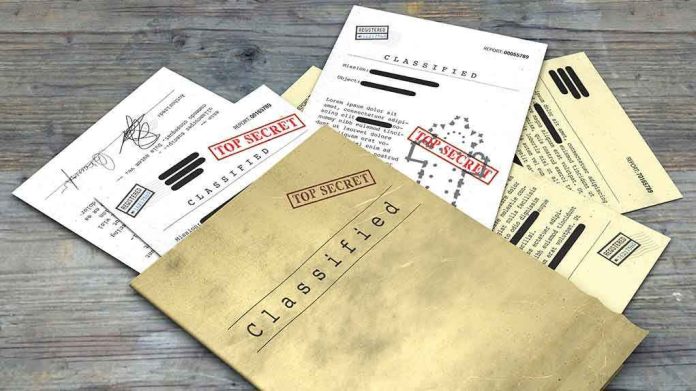
This is the moment when the so-called “intelligence establishment” may finally have to answer for selling a narrative built on sand, as ex-CIA chief John Brennan faces the heat for pushing the discredited Steele Dossier into America’s most consequential intelligence report—then telling Congress the opposite.
At a Glance
- Declassified CIA review exposes John Brennan’s push to include the unverified Steele Dossier in the 2016 Intelligence Community Assessment (ICA), against strong internal objections.
- Brennan’s sworn testimony to Congress claimed the dossier “wasn’t part of the corpus of intelligence”—a statement now contradicted by declassified internal documents.
- The dossier, funded by the Clinton campaign, has never been corroborated despite shaping the Russia probe and fueling years of political turmoil.
- No formal charges have yet been filed, but the revelations have reignited calls for accountability and scrutiny of intelligence politicization.
CIA’s Steele Dossier Gambit: The Facts Laid Bare
The 2016 election was barely over when President Obama ordered the Intelligence Community to produce a comprehensive assessment of Russian interference. The resulting ICA became the cornerstone of the Trump-Russia narrative, but what most Americans didn’t know was that John Brennan, then CIA Director, insisted on embedding the infamous Steele Dossier within its pages. This dossier, a hodgepodge of unvetted rumors stitched together by a former British spy and bankrolled by the Clinton campaign, was so flimsy that Brennan’s own deputy and seasoned Russia analysts warned its inclusion would undermine the assessment’s credibility.
Despite those warnings, Brennan doubled down, insisting in writing that the dossier “warranted inclusion.” The FBI—James Comey in particular—also pressed for references to the dossier, effectively making its inclusion a condition for their participation in the ICA. The dossier’s claims, which read more like a political hit job than solid intelligence, would go on to ignite the Mueller probe, fuel years of media hysteria, and cast a shadow over Trump’s entire presidency. But, as the Durham Report later confirmed, not a single substantive allegation in the dossier could be corroborated.
The Smoking Gun: Discrepancies and Declassified Evidence
Fast forward to 2025. A newly declassified CIA internal review, ordered by Director John Ratcliffe, lays out in black and white what many suspected: Brennan prioritized “narrative consistency over analytical soundness,” disregarding tradecraft and his own experts’ warnings. The review shows Brennan formalized his position in writing, overruling his deputy and other analysts in the drive to insert the dossier into the ICA. This was not a passing mention—it was a deliberate, calculated move, and internal emails show the push came from the top.
Yet, on May 23, 2017, Brennan sat before Congress and testified that the dossier “wasn’t part of the corpus of intelligence information that we had. It was not in any way used as a basis for the Intelligence Community Assessment that was done.” Now, with his own written orders out in the open, the gap between Brennan’s public testimony and private actions couldn’t be starker. Some legal experts are openly discussing the possibility of perjury charges, while Brennan and his defenders continue to insist that the core ICA findings stand, regardless of the dossier’s flaws.
Trust Shattered: Fallout for Intelligence, Media, and America
For millions of Americans who watched the Trump-Russia narrative metastasize into impeachment hearings, endless investigations, and nightly news panic, the revelations about Brennan’s role are both vindicating and infuriating. The episode laid bare how politicized intelligence can infect national debate, divide the country, and erode faith in the very institutions meant to protect us. The CIA’s own review now warns of the dangers of confirmation bias and the need for rigorous source validation, while the Durham Report backs up the charge that the Steele Dossier was a toxic mix of rumor and partisan agenda.
The long-term fallout is just beginning. The intelligence community faces a crisis of credibility, with calls for tougher vetting and less political interference. Congress is once again circling, and the American public is left wondering how much of what they were told was ever true. The only thing we know for sure: the people who pushed the dossier, and the media that amplified it, have a lot to answer for. And if there’s justice left in Washington, the days of hiding behind classified memos and plausible deniability could be coming to an end.
Sources:
Fox News, July 3, 2025: Declassified CIA review and internal emails
Politico, July 4, 2025: CIA review findings and broader context
Durham Report: Findings on FBI and Steele Dossier





